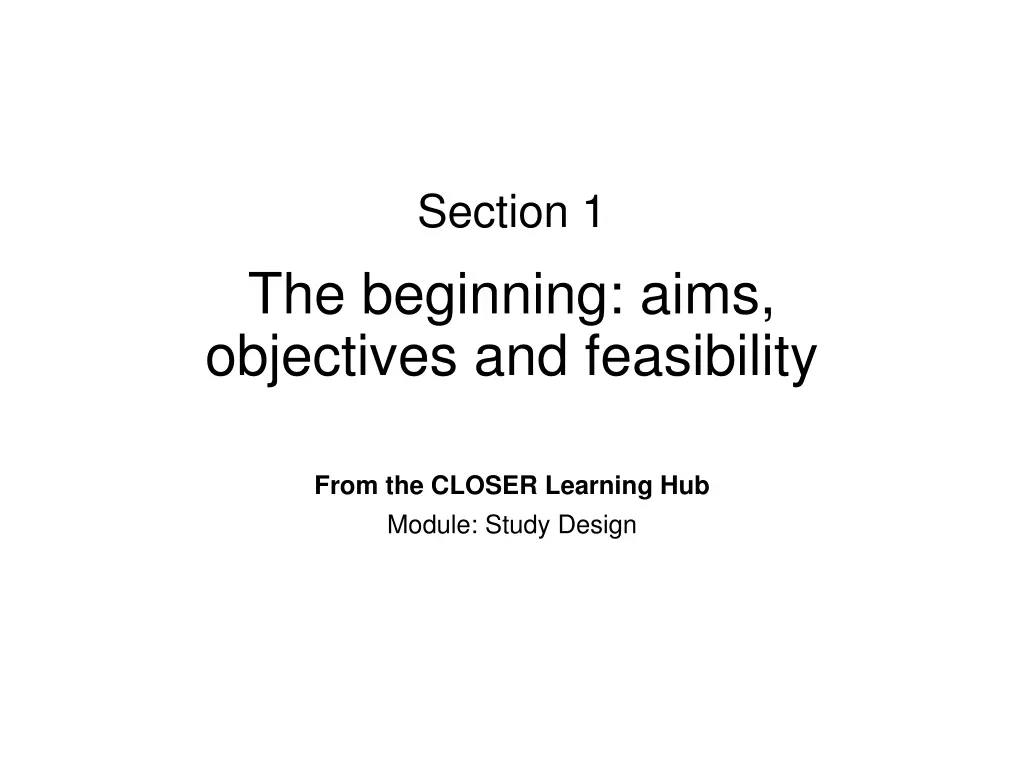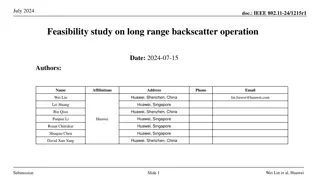
Study Design: Aims, Objectives, Feasibility, and Design Considerations
Explore the significance of scientific aims and objectives in research studies, along with practical considerations such as respondent burden, financial constraints, and legislation. Understand the differences between prospective and retrospective study designs in tracking changes over time effectively.
Download Presentation

Please find below an Image/Link to download the presentation.
The content on the website is provided AS IS for your information and personal use only. It may not be sold, licensed, or shared on other websites without obtaining consent from the author. If you encounter any issues during the download, it is possible that the publisher has removed the file from their server.
You are allowed to download the files provided on this website for personal or commercial use, subject to the condition that they are used lawfully. All files are the property of their respective owners.
The content on the website is provided AS IS for your information and personal use only. It may not be sold, licensed, or shared on other websites without obtaining consent from the author.
E N D
Presentation Transcript
Section 1 The beginning: aims, objectives and feasibility From the CLOSER Learning Hub Module: Study Design
Scientific aims and objectives Aims and objectives dictate sample population and information collected General vs specific scientific purposes Common aim: to track change over time
Practical considerations Respondent burden: how much effort and inconvenience will there be for participants? Financial considerations: how will budget limit what can be achieved? Legislation: are there any legal restrictions on what can be used as a sampling frame?
Prospective vs retrospective design Prospective studies follow individuals over time and collect information as their characteristics and circumstances change Retrospective studies start collecting data at a later point in people s lives and fill in earlier gaps by asking participants to recall information about their earlier lives, or by linking to administrative records






















